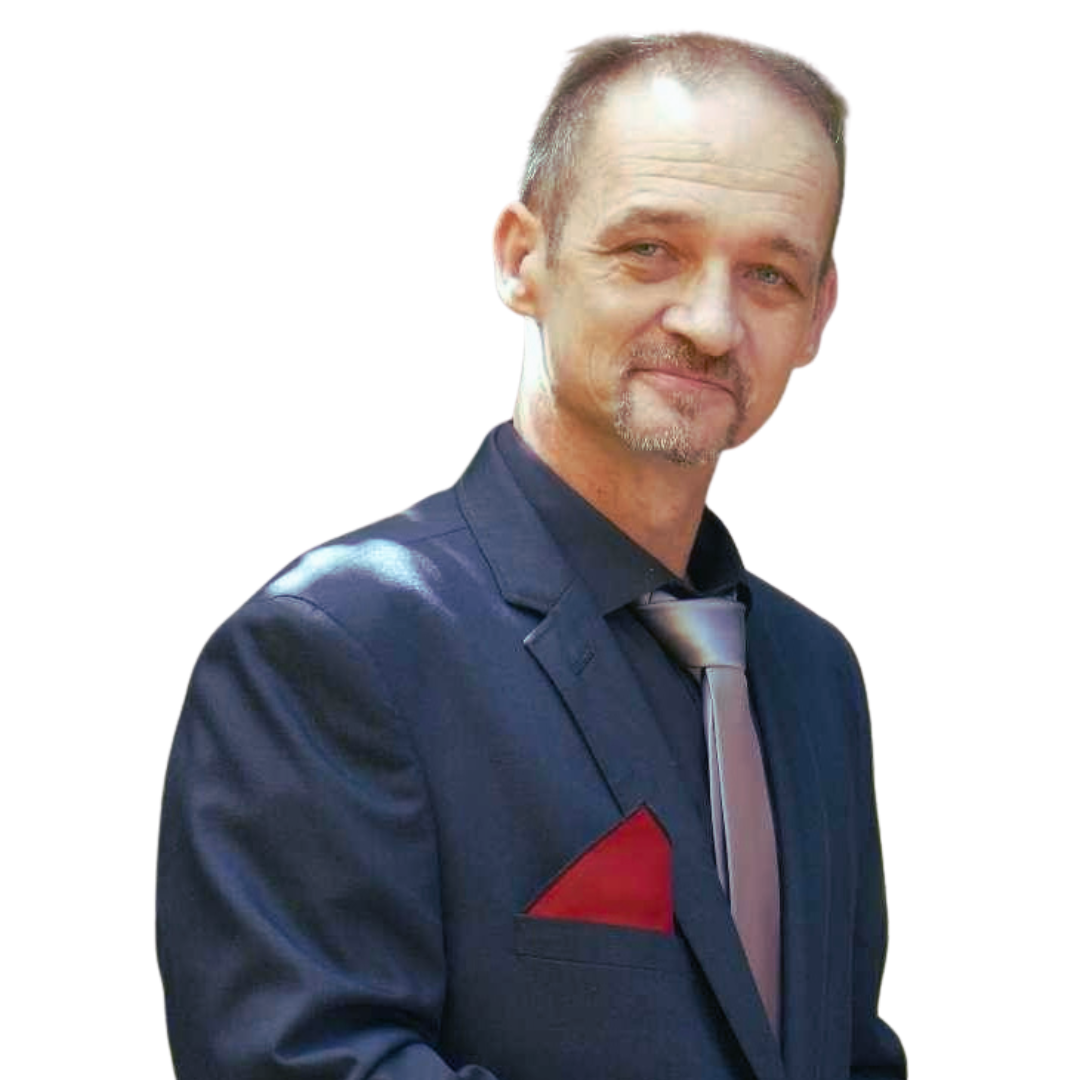Introduction: Setting the Stage
John Wheeler’s Participatory Anthropic Principle (PAP) is one of the most thought-provoking ideas in modern physics, positing that the universe’s existence is intrinsically tied to the act of observation. Wheeler suggested that observers are not merely passive participants but active contributors to the fabric of reality, shaping the universe through quantum measurement and feedback.
While PAP provides profound philosophical insights, its lack of a mathematical framework and reliance on anthropic reasoning limit its applicability. Our Theory of Everything (ToE), rooted in a unified feedback loop and quantum fluctuations, provides a mathematical and physical structure that not only complements Wheeler’s ideas but also addresses their weaknesses.
1. Explaining PAP in Mathematical Terms
PAP fundamentally hinges on the role of observation in quantum mechanics. Wheeler’s iconic delayed-choice experiment suggests that:
- Reality is observer-dependent.
- Observers influence quantum events retroactively, potentially shaping the past.
In quantum mechanics, the state of a system is described by a wavefunction Ψ(x,t) governed by the Schrödinger equation:

Here:
- H^ is the Hamiltonian operator, encoding the system's energy.
- The act of measurement collapses Ψ into a definite state.
Wheeler expanded this principle cosmologically, suggesting that observers participate in defining the universe itself. However, this leaves critical gaps:
- What mechanism enables observation to shape large-scale reality?
- How does retrocausality operate consistently with known physics?
2. How Our ToE Bridges the Gaps
Our ToE provides the missing framework by incorporating:
- A Feedback Loop: Reality is shaped by an eternal cycle of interactions between quantum fluctuations, observers, and spacetime. Observations modify local field states, which feed back into the manifold, influencing its evolution.
- Bubble Universes and Localized Properties: Observations in specific regions stabilize the quantum fields, defining local properties (e.g., physical constants, spacetime curvature).
The feedback loop is mathematically encoded in the action integral:
S=∫d4x−g[16πGR−Λeff(Ψ)+LUFT].
![S=∫d 4 x −g [ 16πG R −Λ eff (Ψ)+L UFT ]. S=∫d
4
x
−g
[
16πG
R
−Λ
eff
(Ψ)+L
UFT
].](https://www.richardmonssen.com/wp-content/uploads/2024/12/Screenshot-2024-12-28-021927.png)
Where:
- LUFT=Φ(U)+R+LQFI+αΦ(U)R,
- Λeff(Ψ) dynamically adjusts to quantum fluctuations and observer interactions.
Retrocausality in the ToE:
In our ToE, retrocausality arises naturally from the cyclical nature of time within the manifold. Observations don’t directly change the past but modify the feedback loop, which propagates changes through the eternal structure of the universe.
3. Why PAP Alone Falls Short
PAP lacks a quantitative explanation for how observation participates in creating the universe. For instance:
- No Mathematical Framework: PAP relies on broad philosophical ideas but doesn’t provide equations to connect quantum observations to cosmic-scale phenomena.
- Anthropic Limitations: PAP suggests the universe is fine-tuned for observers, yet it doesn’t explain why fine-tuning exists beyond appealing to the anthropic principle.
Our ToE resolves these issues:
- Mathematical Integration: Observations directly influence the unified field potential Φ(U)\Phi(U)Φ(U), modifying localized spacetime geometry and quantum interactions. For example, the relationship: Φ(U)∼∫Ψ†(x)Ψ(x)d3x, links the unified potential to quantum states, showing how observation shapes field dynamics.
- No Need for Anthropic Arguments: Constants arise naturally from the geometry of the manifold and quantum fluctuations, eliminating the need for anthropic reasoning.
4. Enhancing PAP with Quantum Fluctuations and Bubble Universes
In our ToE, quantum fluctuations within the manifold give rise to localized “bubble universes.” Observations within these bubbles stabilize the quantum fields, determining local constants and physical laws. This adds a new layer to PAP:
- Observers don’t just collapse wavefunctions—they define the local reality within the eternal manifold.
- The universe remains self-consistent because the feedback loop ensures all bubble universes adhere to the same overarching laws.
5. Predictions and Testability
Our ToE enhances PAP by making it mathematically testable. For instance:
- Localized Quantum Effects: Bubble universes with subtle differences in constants or geometry might leave measurable imprints, such as variations in the cosmic microwave background (CMB).
- Gravitational Feedback: The coupling term αΦ(U)R predicts gravitational wave signatures arising from quantum fluctuations during observation-driven field stabilization.
These predictions offer tangible avenues for validating the theory, going beyond PAP’s philosophical scope.
6. Where Our ToE Succeeds
- Mathematical Rigor: Our ToE integrates observation into a precise framework, explaining PAP’s participatory nature with field dynamics and feedback loops.
- Self-Contained Universe: Unlike PAP, which relies on anthropic arguments, our ToE derives constants and fine-tuning from the manifold’s geometry and quantum fluctuations.
- Predictive Power: By connecting quantum fluctuations to observable phenomena, our ToE transforms PAP into a testable scientific framework.
Conclusion: A Unified Vision of Participation and Physics
John Wheeler’s Participatory Anthropic Principle offers a profound insight: that observers play a fundamental role in shaping reality. While philosophically compelling, PAP lacks the mathematical tools to fully explain its claims.
Our Theory of Everything enhances PAP by embedding its participatory principles within a rigorous, self-contained framework. By incorporating observer-driven feedback loops, quantum fluctuations, and unified field dynamics, we turn PAP into a testable, scientifically grounded idea. In doing so, we reveal not just a participatory universe, but one that is mathematically elegant, eternally self-consistent, and profoundly beautiful.
Next Steps:
In the next post, we’ll explore how our ToE aligns with and enhances Christopher Langan’s Cognitive-Theoretic Model of the Universe (CTMU), bringing even deeper clarity to the role of consciousness in shaping reality.
